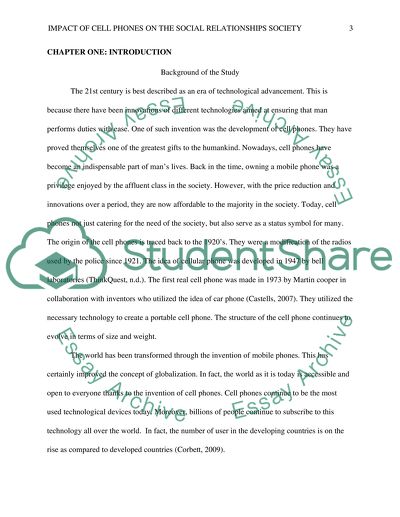Cite this document
(“Impact of cell phones on the social relationships society Research Paper”, n.d.)
Retrieved de https://studentshare.org/sociology/1404526-impact-of-cell-phones-on-the-social-relationships
Retrieved de https://studentshare.org/sociology/1404526-impact-of-cell-phones-on-the-social-relationships
(Impact of Cell Phones on the Social Relationships Society Research Paper)
https://studentshare.org/sociology/1404526-impact-of-cell-phones-on-the-social-relationships.
https://studentshare.org/sociology/1404526-impact-of-cell-phones-on-the-social-relationships.
“Impact of Cell Phones on the Social Relationships Society Research Paper”, n.d. https://studentshare.org/sociology/1404526-impact-of-cell-phones-on-the-social-relationships.


